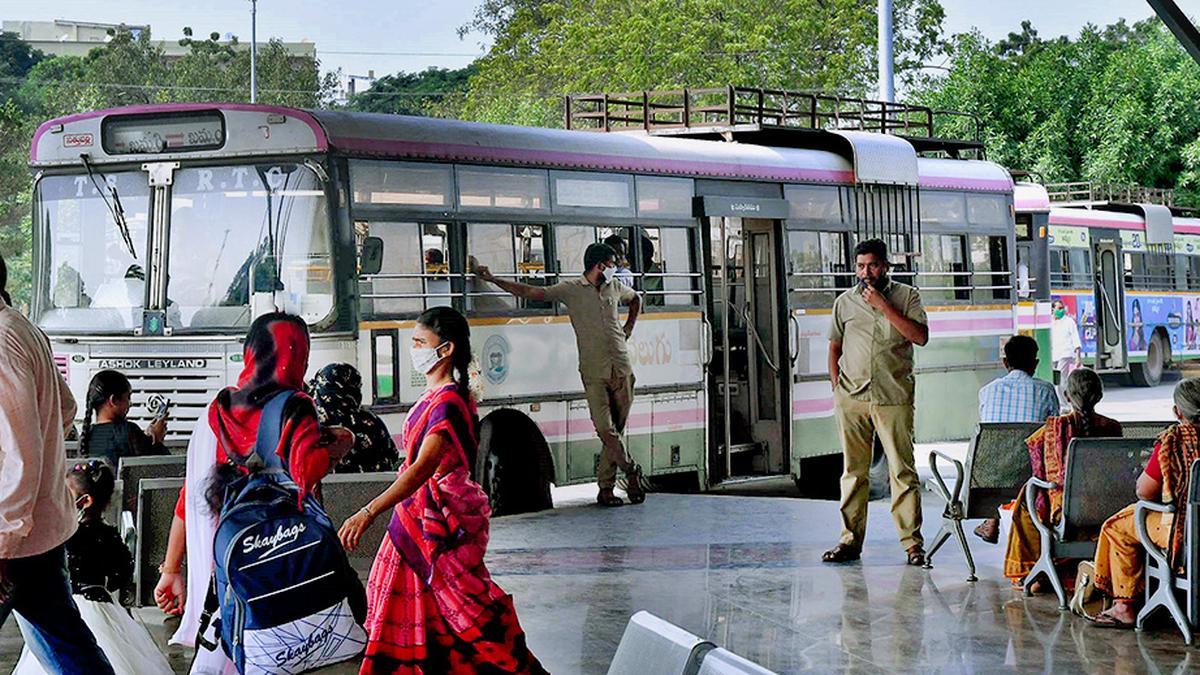
TSRTC to analyse depot-wise revenue to improve operations
The Hindu
TSRTC runs system to measure operational efficiency, improve performance. Parameters used in model are connected to operational aspects, such as diesel costs, wages, tyre life, spare parts, taxes. Objective is to scrutinise operational cost at each depot. Surplus revenue does not signify profit; losses have been reduced post lockdown due to crew efficiency.
In a move to analyse operational efficiency and improve performance, the Telangana State Road Transport Corporation (TSRTC) is running a system centred around the analysis of the previous month’s earnings per depot, which serves as a point of reference to evaluate the subsequent month performance.
According to P.V. Munishekar, Executive Director (Operations), the parameters used in the model are connected to purely operational aspects. These key metrics include diesel costs, workers’ wages, costs connected to tyre life, costs of spare parts, and motor vehicle taxes, while variables are largely under the control of depot managers. The objective is to to scrutinise the achievement of operational cost at each depot.
“There is daily interaction at the depot level. It is an exercise purely from an operational perspective to see whether we are making the operational cost. This has been happening for about a year. We observe how a surplus or near surplus for each depot each month is made,” Mr Munishekar said.
Expenses beyond the control of depot managers are not included in this assessment, he said. These encompass those incurred at the TSRTC head office, costs related to office staff, property taxes, expenses towards motor accident claims tribunal cases, and other non-depot-specific expenditures.
The TSRTC officials underscored that surplus revenue, as computed against the previous month, as a result of this assessment, does not imply a profit. The corporation has been running in losses, though these have been brought down post the COVID-19 lockdown on account of a slew of measures, including improving crew efficiency, they said. For example, the losses in February 2023 were pegged at ₹595 crore, as against ₹2,143 core in February 2022.











